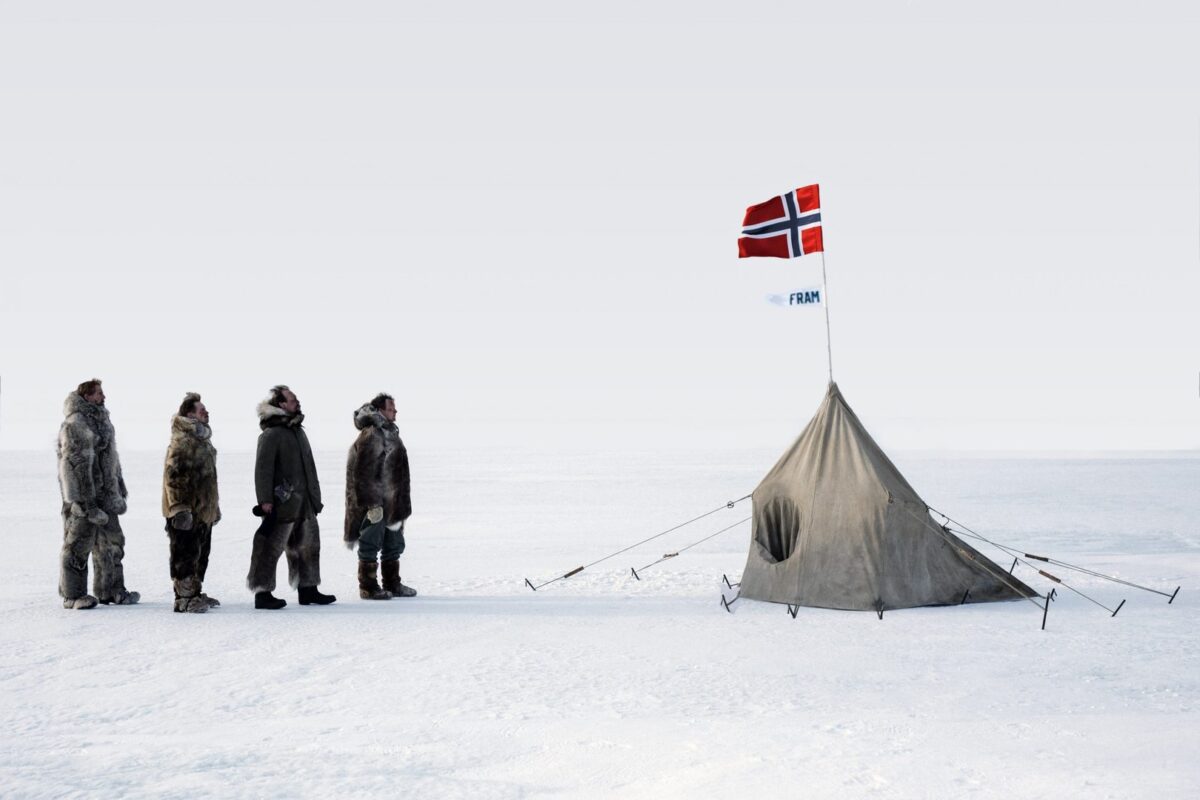Roald Amundsen was arguably the most renowned explorer of the snow-bound, ice-capped polar regions. The first to reach the South Pole in the Antarctica, he was also the first to circumnavigate the Arctic Ocean. Espen Sandberg’s movie, Amundsen: The Great Explorer, which will be available on VOD platforms on April 6, explores the adventures of this intrepid Norwegian.
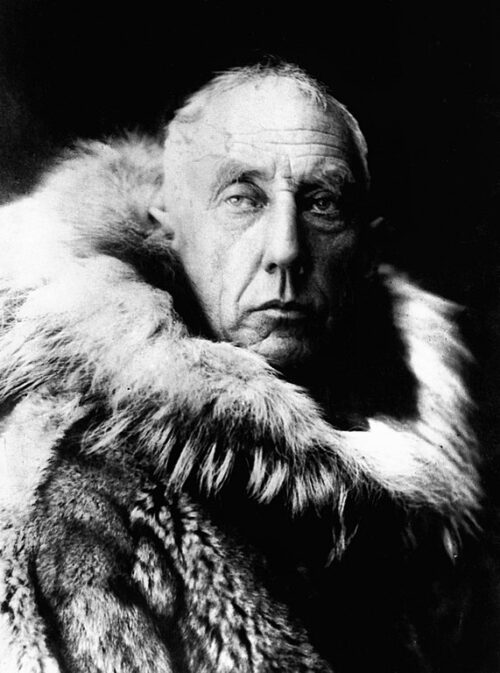
Bookended by Amundsen’s fatal attempt in 1928 to rescue an Italian colleague whose plane had crashed into the icy waters of the Arctic Ocean, it is narrated by Amundsen’s brother, Leon, with whom he was locked in a sibling rivalry. Leon (Christian Rubeck) recalls his mercurial relationship with Amundsen (Pal Sverre Hagen) in an extended conversation with his late brother’s Canadian girlfriend, Bess Magids (Katherine Waterston).
As Leon admits to Bess, a woman of remarkable spunk, he lacked his brother’s courage, never having ventured into the world’s unexplored, sub-zero zones. Although he was far more attuned to the creature comforts of Norway, he saved Amundsen’s life during a recreational trip to Norway’s far north.

Amundsen learned his basic survival skills from indigenous people when he navigated the Northwest Passage. He put these assets to good use when he and several companions attempted to reach the South Pole, a journey of 1,300 kilometres, ahead of the British explorer Robert Scott.
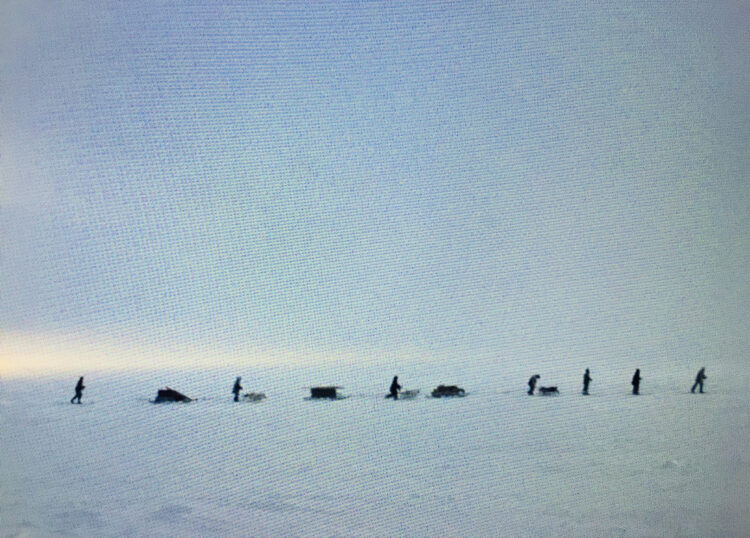
On their first attempt, in September 1911, they had to turn back due to a blizzard. During this expedition, Amundsen was accused of abandoning his fellow explorers. A month later, they tried again. The camera pans on a vast, trackless, forboding and uninhabited wilderness of rock, ice and snow.
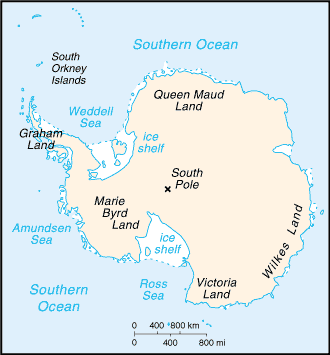
It’s a dangerous trek through the coldest place on earth. The ice gives way underfoot and a man almost falls into the depths of a crevice. They run short of food, forcing them to kill one of the husky dogs pulling their sleds. And it is an unequalled adventure. As he stands on a bluff with a view of a magnificent mountain range, Amundsen names the peaks after his men. It is not clear whether he personally named the Amundsen Sea after himself.
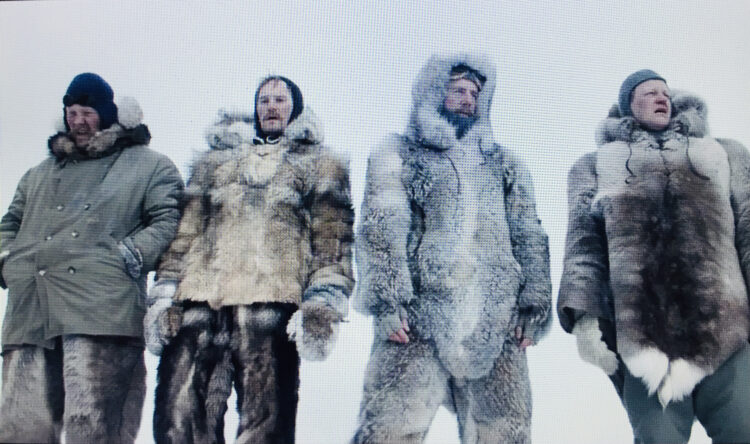
They arrive at the South Pole in mid-December, planting a Norwegian flag in the deep snow. Scott reaches this destination on January 17, 1912, but dies of hunger and exhaustion. At an explorers’ meeting in London a little later, the British hail Scott as a hero and play down Amundsen’s unparalleled feat, much to his eternal bitterness.
Next to the rigors he endured in reaching the South Pole, Amundsen’s subsequent expedition to test the ocean currents of the Bering Strait pales in comparison.
Sandberg then focuses on several sub-themes: Leon’s attempt to dissuade Amundsen from going to the Arctic by plane, Amundsen’s romance with a married woman, and his Italian-sponsored hot-air balloon trip to the North Pole.
Sandberg’s film skillfully portrays Amundsen as a dedicated and steely adventurer who could not resist the alluring challenge of penetrating the world’s remote frozen wastes.
